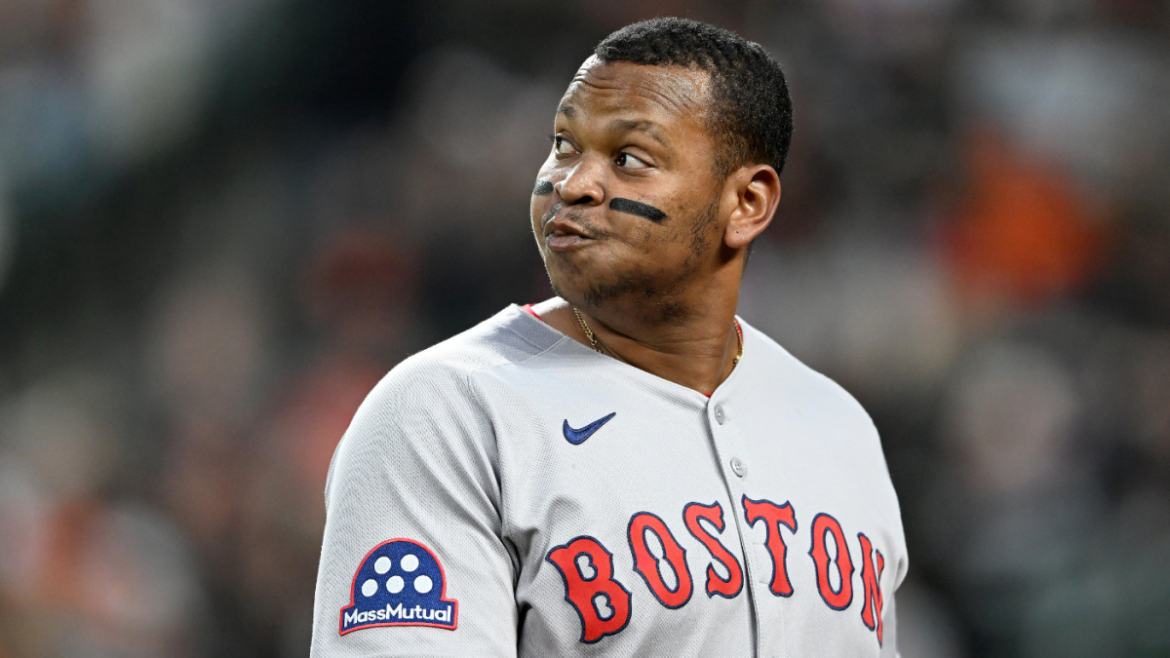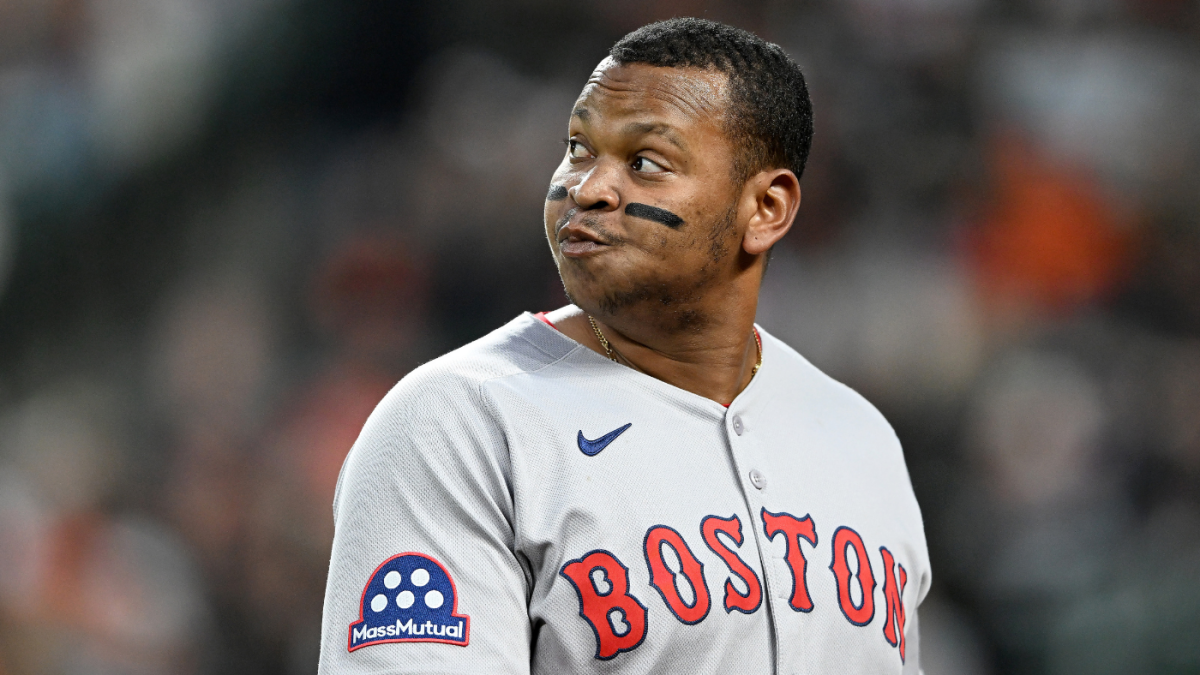The Rafael Devers Trade: Unpacking Boston’s Shocking Decision to Deal a Star to San Francisco
The trade sending Rafael Devers from the Boston Red Sox to the San Francisco Giants has taken the baseball world by storm. This blockbuster move not only reshuffles lineups but unveils deeper tensions within the Red Sox organization, reflecting complex dynamics beyond simple player performance. Examining the background, motivations, and implications of this trade offers insight into how modern baseball teams balance talent, personality, contracts, and long-term strategy.
—
Background: The Red Sox’s Star Third Baseman and His Contract
Rafael Devers, a standout slugger and cornerstone of the Red Sox lineup, signed a massive contract extension in 2023 worth approximately $313.5 million. Viewed as the face of Boston’s franchise for years, Devers has demonstrated offensive dominance, especially highlighted in the 2025 season. His ability to drive in runs and consistently produce at the plate made him an invaluable asset.
Yet despite his impressive performance, tension has been simmering behind the scenes. The Red Sox front office, with a reputation for sometimes rocky internal relations, reportedly grew increasingly frustrated with Devers’ approach to team responsibilities, particularly concerning his willingness to adapt positions on the field. These strains culminated in a dramatic shift, ending with the trade to the Giants.
—
Reasons for the Trade: A Breakdown of the Fractured Relationship
Position Change Disputes
One of the main factors prompting this trade was Devers’ resistance to position changes. The Red Sox had reportedly requested he move from his established role at third base to accommodate new roster dynamics. Devers’ reluctance to vacate his position aggravated front office officials, contributing to a breakdown in trust and mutual understanding.
Perceived Failure to “Live Up” to Contract Responsibilities
The organization publicly framed part of the reasoning behind the trade as Devers not fulfilling the “responsibilities” that should accompany a contract of his magnitude. This phrase likely encompasses both performance expectations and broader leadership or clubhouse roles they believed were unmet. The dissatisfaction extended beyond just on-field issues to include attitude and cohesion factors.
Fractured Communication and Mutual Disaffection
Despite intervention by Red Sox owner John Henry in a one-on-one meeting aimed at mending ties, the relationship between Devers and management had deteriorated fatally. Reports describe a scenario of “mutual disaffection” where both sides felt increasingly disconnected, ultimately making continued collaboration untenable.
—
The Trade Details: What Boston Gained
In exchange for Devers, the Giants sent multiple players to Boston, including promising pitchers Jordan Hicks and Kyle Harrison, as well as minor league outfield prospect James Tibbs and right-hander Jose Bello. This haul signals a strategic pivot by the Red Sox, who are looking to bolster their pitching depth and build for the future.
While Devers was a proven star, the package received offers long-term value. Hicks and Harrison, in particular, represent potential frontline arms, addressing a critical area of need for Boston. This move suggests the Red Sox are prioritizing pitching development and roster flexibility as part of their rebuilding or retooling approach.
—
Immediate Reactions: Shockwaves Through Baseball
The timing and nature of the trade sent shockwaves through MLB fans and analysts alike. Coming shortly after the Red Sox’s sweep of their rivals, the Yankees, fans were stunned by the sudden shift from on-field success to a major roster shakeup.
Social media and sports news outlets quickly highlighted the irony of trading a player fresh off a strong performance, underscoring just how deep organizational issues ran. The contrast between the star power lost and the prospects gained sparked intense debate about the Red Sox’s direction and management style.
—
Implications for Both Teams
San Francisco Giants: Acquiring a Superstar
For the Giants, acquiring Devers is a clear win. They gain a potent bat and an established superstar who can anchor their lineup for years. The financial burden of his contract will fall on San Francisco, but the team evidently values the immediate impact Devers brings over the long term.
This addition bolsters the Giants’ competitiveness in their division, potentially elevating them to serious contenders, provided the rest of the roster supports his efforts.
Boston Red Sox: A Turning Point
Boston’s decision to let go of a franchise player marks a significant turning point. Although the haul of young pitchers injects vital talent into their system, trading Devers could alienate parts of their fanbase who saw him as the team’s future.
The move also highlights internal challenges at the management and player relations level, raising questions about how the Red Sox will navigate player retention and morale moving forward. Success for Boston now depends on their ability to develop acquired talent and restore harmony within the clubhouse.
—
Conclusion: A Bold Gamble Rooted in Complex Realities
The Rafael Devers trade to the Giants transcends a typical player transaction. It is a vivid case study in how contracts, player roles, personalities, and front office philosophies collide in professional sports.
Boston’s willingness to trade away a $313.5 million talent reflects their desire to reshape the team culture and roster, even at the cost of short-term star power. Meanwhile, San Francisco’s acquisition signals aggressive intent to win now and harness Devers’ elite skills.
This blockbuster trade will be remembered not only for its shock value but for the intricate web of factors surrounding it — from position disputes and unmet expectations to the pursuit of organizational alignment. Watching how both teams evolve in response will offer ongoing lessons in managing the complex human and strategic elements of baseball excellence.





